Custom, Special Order,
and Exotic Timber.
RMTS provides the most competitive pricing on a wide range of species (softwood, hardwood and exotics) such as:
RMTS provides the most competitive pricing on a wide range of species (softwood, hardwood and exotics) such as:
RMTS provides the most competitive pricing on a wide range of species (softwood, hardwood and exotics) such as:
White / Red Oak
Alaskan Yellow / Port Orford Cedar
Southern Yellow / Eastern White Pine
Cypress
Western Hemlock
Spruce
Ponderosa Pine
Lodgepole Pine
Exotic hardwoods Tigerwood, Walnut, Teak etc.
Hardwood slabs
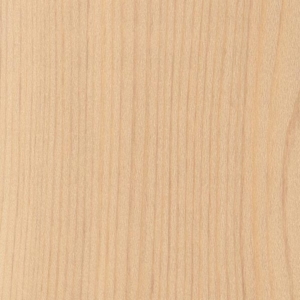
CEDAR
(Chamaecyparis lawsoniana)
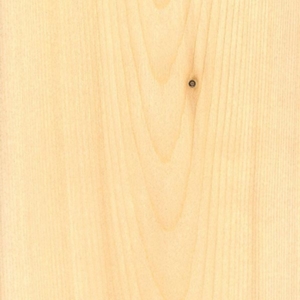
CEDAR
(Cupressus nootkatensis)
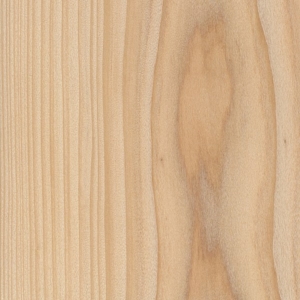
(Taxodium distichum)
Like Western Red Cedar, these three species are members of the Cypress family known for their relatively high resistance to insect damage and weather making them desirable for exposed exterior use. They grow in relatively narrow geographic ranges and are not as widely produced as Western Red Cedar. Unlike Western Red Cedar, these species tend to have a yellowish hue and can have darker streaks or bands ranging from rich yellow to coffee brown.
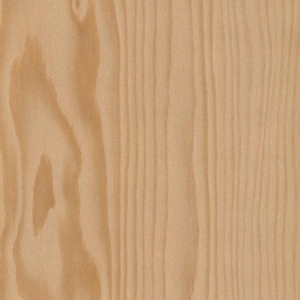
(Tsuga heterophylla)
Western Hemlock is an evergreen coniferous tree, native to the west coast of North America. Recognized by the forest industry as an ideal all-purpose raw material, Hemlock is a good cost-effective alternative to Douglas Fir. Heartwood is light reddish brown and sapwood slightly lighter. The conspicuous growth rings can exhibit interesting grain patterns on flatsawn surfaces. Grain is generally straight, with a course, uneven texture.
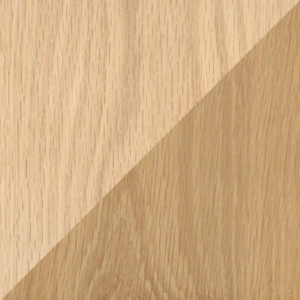
OAK
(Quercus rubra / Quercus alba)
Red and white oak are the most abundant hardwood species in North America. Oak was a favorite of early English craftsmen and a prized material for American Colonists. White oak is one of 86 oak species native to this country. Red oak grows only in North America and is found further north than any other oak species. White Oak ranges from nearly white sapwood to a darker gray brown heartwood. Red Oak ranges from nearly white cream color to a warm, pale brown heartwood tinted with red. The grain is distinguished by rays, which reflect light and add to its attractiveness. Depending on the way the logs are sawn, many distinctive and sought after patterns emerge, such as flake figures, pin stripes, fine lines, leafy grains and watery figures. Oak is heavy, strong and hard, is durable under exposure, and holds nails and screws well.
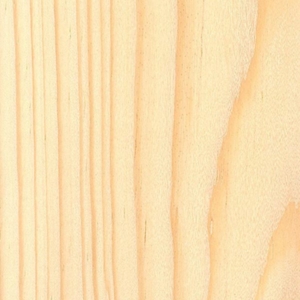
PINE
(Pinus echinate / Pinus elliotti / Pinus palustris / Pinus taeda)
Southern Yellow Pine is native to the eastern United States from southern New York to northern Florida, west to the extreme southeast of Kansas, and southwest to eastern Texas. Southern Yellow Pine’s density makes it one of the strongest softwood lumber species, offering ideal load bearing capacity and fastener-holding ability. Southern Yellow Pine’s wood grain pattern and golden color provides visual interest and a high quality look, making pressure treated Southern Yellow Pine a great option for decking and other construction projects. Heartwood is reddish brown, and sapwood is yellowish white. Grain is generally straight with a fine to medium texture. Commonly used for construction, such as stringers, roof trusses, poles, joists, piles, as well as interior applications.
(720) 407-7760
sales@rmtimber.com
1005 S. 120th Street
Lafayette, C0 80026
